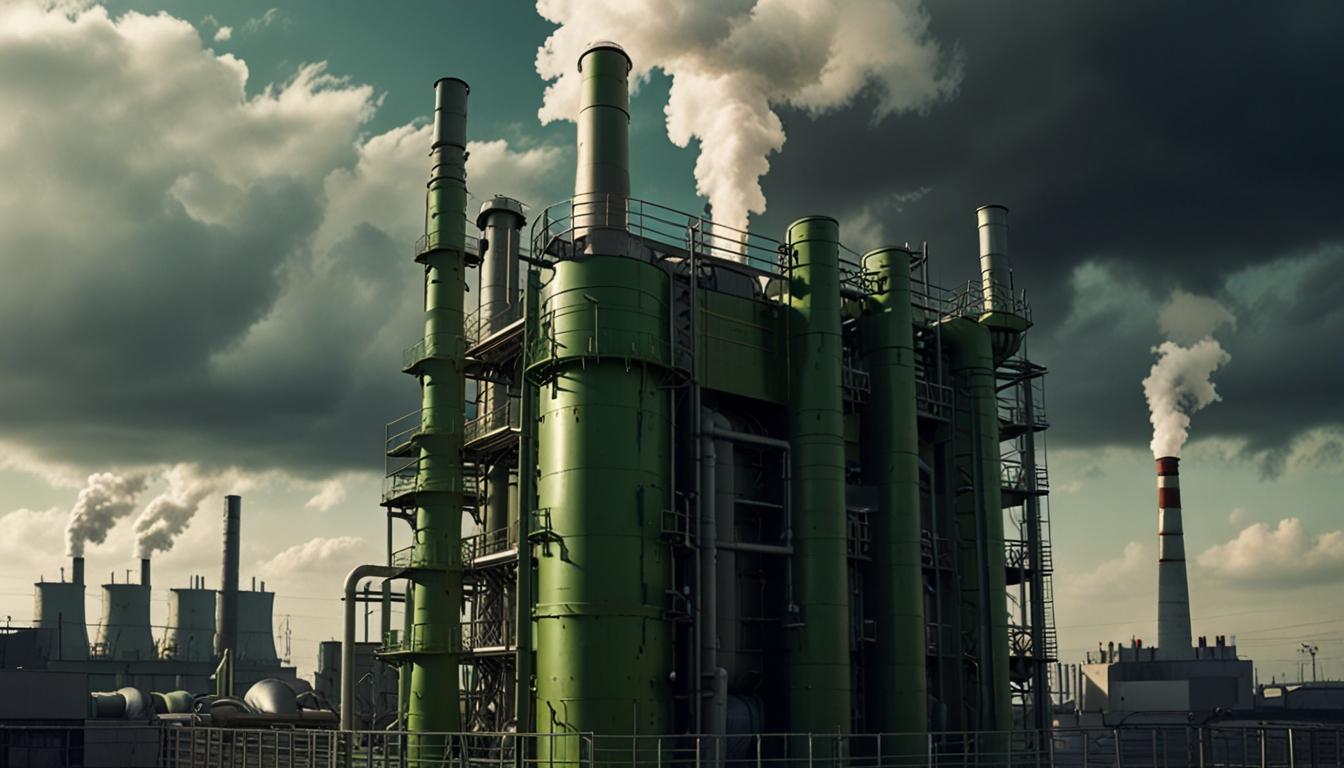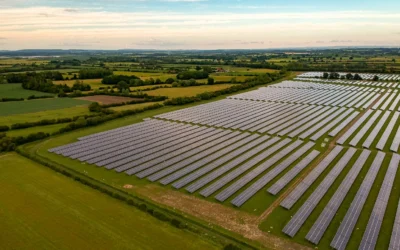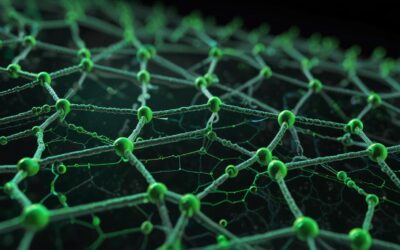Carbon Capture and Storage is often held out to be the ultimate technology to save us from climate change. But the extent to which it is actually tackling our carbon dioxide problems is negligible so far. We take a look at some of the large projects that could start to move the needle.
Enerflex and BASF Partner for Carbon Capture Technology Development
Enerflex Ltd. (Enerflex) and BASF have signed a memorandum of understanding (MoU) to collaborate on commercial scale carbon capture, utilization, and storage (CCUS) applications. Enerflex will leverage its expertise in gas processing and compression systems, combining it with BASF’s proprietary OASE blue technology designed for capturing CO2 from flue gas and post-combustion sources.
Enerflex has implemented over 150 CCUS projects capturing five million tons of CO2 annually, while BASF has over 500 reference plants utilizing its carbon capture technology. The partnership aims to create economic CCUS solutions to aid global decarbonization efforts.
Marc Rossiter, President and CEO of Enerflex, expressed that the collaboration with BASF aligns with their goal of transforming energy for a sustainable future. Fransis Chadikun, Senior Vice President, Intermediates North America of BASF, highlighted the strengths of OASE blue in meeting the challenges of capturing CO2 from various industries.
Denmark Issues Licenses for Onshore CO2 Storage Exploration
Denmark has issued its first three licenses for exploring large-scale carbon dioxide storage in geological formations on land. The initiative is part of Denmark’s strategy to combat climate change by using its geological assets for CO2 sequestration. Germany, however, has maintained a ban on onshore CO2 storage due to safety concerns.
The licenses were granted to three groups: Wintershall Dea and INEOS; CarbonCuts, a subsidiary of BlueNord; and a consortium of Equinor and Ørsted. Denmark’s state-owned fund, Nordsofonden, will hold stakes in all three projects. Further studies are required to ensure safety before any storage permits are issued. A potential storage site is located around 70 kilometers from Copenhagen.
David Bucknall, CEO of INEOS Energy, emphasized that these projects are crucial for achieving EU climate targets and developing a strong carbon capture and storage market.
CORMETECH and Ozona Collaborate on Carbon Capture System
CORMETECH Inc. and Ozona CCS LLC have agreed to design, build, and operate a comprehensive carbon capture and sequestration (CCUS) system with integrated NOx reduction technology. The system will capture, transport, and sequester CO2 from natural gas-powered engines and is expected to be operational by 2025.
Ozona’s track record in CO2 injection facilities and CORMETECH’s advanced emissions control technology, including its PATHWAY™ CO2 Capture technology, will be key components of the project. This system aims to capture CO2 cost-effectively, reduce secondary air emissions, and lower the environmental footprint of carbon capture operations.
Japan’s First Underground CCS Facility Operational
Japan has inaugurated its first operational underground carbon capture and storage (CCS) facility in Tomakomai, Hokkaido. This facility, developed by Japan CCS (JCCS), has captured and stored around 300,000 tons of CO2 since 2016.
The Japanese government has also passed the CCS Business Act to facilitate further CCS technology development. The Tomakomai facility captures CO2 from a nearby oil refinery and stores it deep underground without any detected leaks, demonstrating CCS as a viable climate change mitigation solution.




